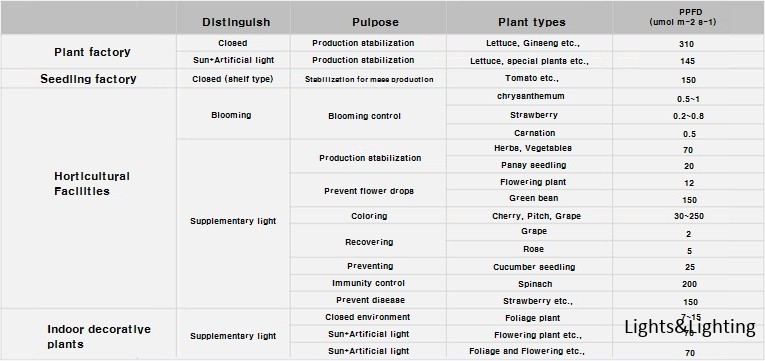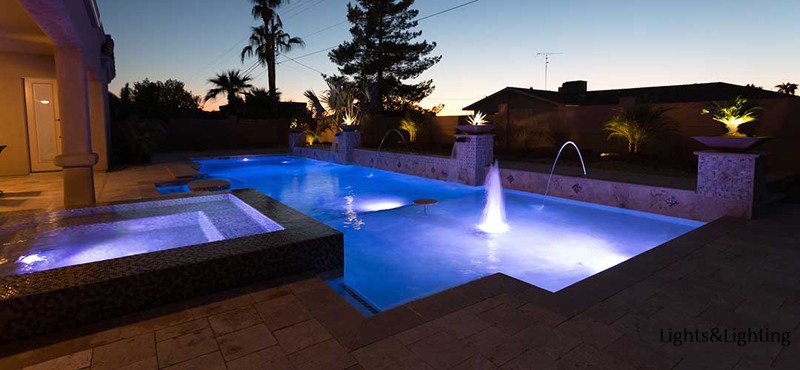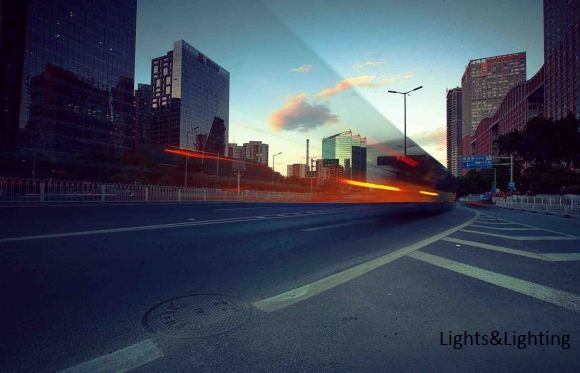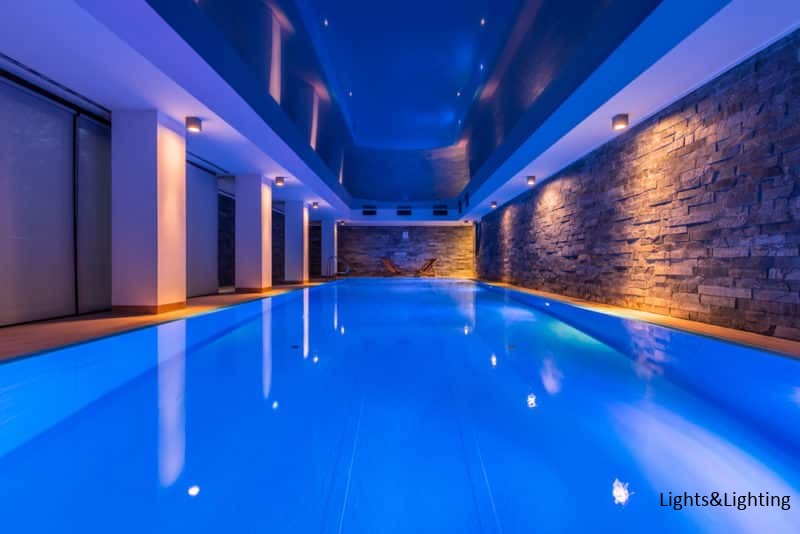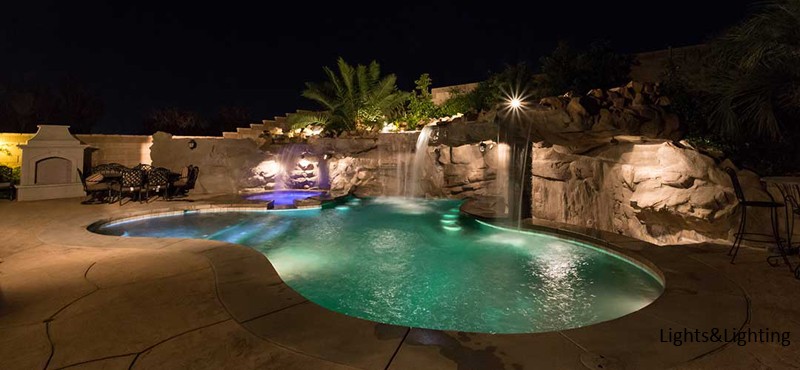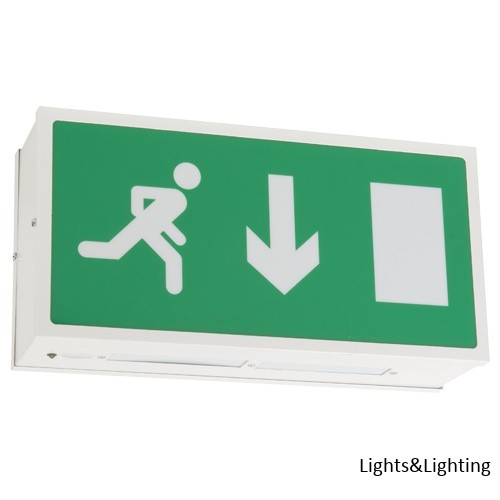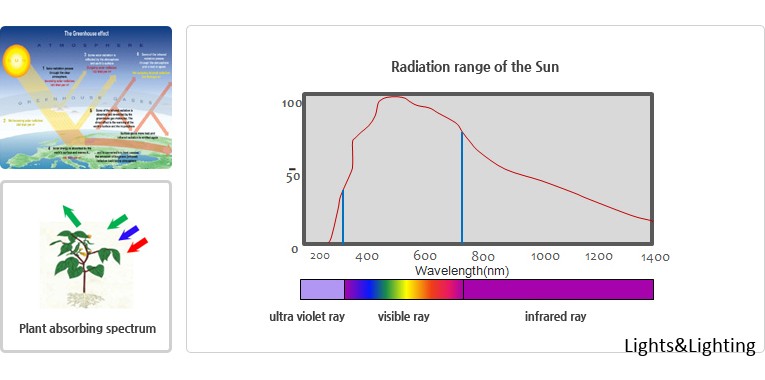
Light for plants
Solar radiation has various diffusions and absorption is only possible with wavelengths from 300nm to 3.000nm.
Human eyes perceive 380-780nm wavelengths, and distinguish between light and color. The light of the green color (555nm) is detected more sensibly than the other colors.
Radiation effects to plants is physically effect radiation (300-800nm)and photosynthesis effect radiation(PAR : 400~700nm). Those radiation absorb mid-blue colors and red colors, reflect green colors(so plants reflect green color seen green)
Range of effects a wavelength has on a plant
Wavelength absorption of plant: chlorophyll operation(440nm, 655nm), photosynthesis operation(430nm, 670nm)
- Detection wavelength of insects: 280nm ~ 580nm
- Detection wavelength of fish: 480nm ~ 510nm
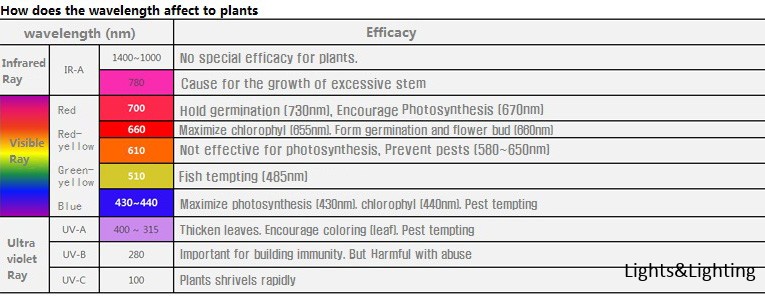
Brightness of suitable Lighting for plants
The unit commonly used is based on human visual senses since most of the lights have been developed for people. However, photosynthesis is not perceptible for the human sight.For example, the reception of the blue wavelength (450nm) is 3,8%. If the green wavelength has the same energy as the blue wavelength, the human sight perceives a wavelength of about 4%. In order to create efficient light intensity in growing plants, we must agree on a unit based on the photosynthesis characteristics.PPFD(Photosynthetic Photon Flux Density)
Light saturation and compensation point for each plants,based on fluorescent light.
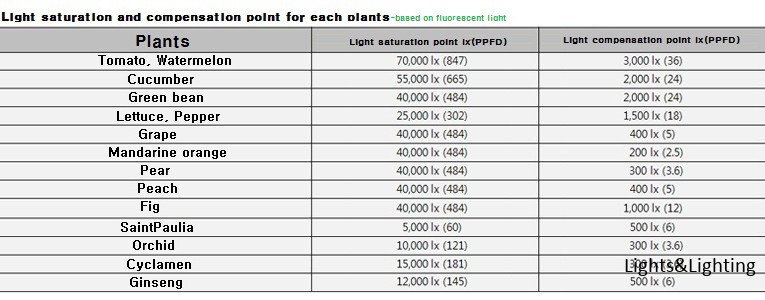
Differences between classic lighting and LED lighting
to influence plants activities and processes
Even if the artificial lighting is as bright as for the human perception (real life simulation), there is a significant difference observed for plants depending on the lights used. As bright as 10.000 lx and in the same conditions, the extent of what plants perceive of LED lighting for growing is several times more effective than with a simple light bulb or a fluorescent lamp. Concerning photosynthesis application, LED lighting makes it possible to achieve maximum efficiency by just using a narrow wavelength. LED lighting on plants is therefore a successful and valuable necessity.
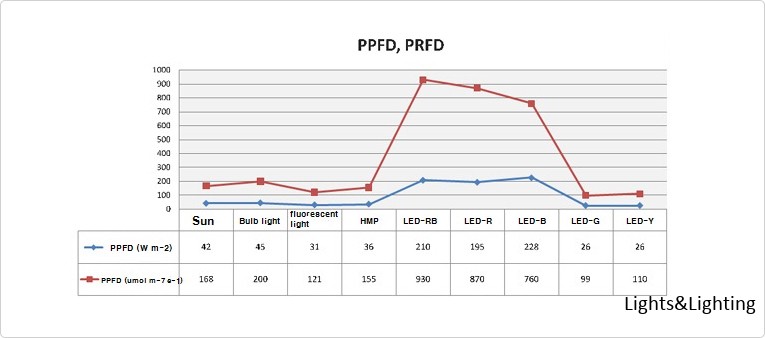
Categories of growing plants and their application form
